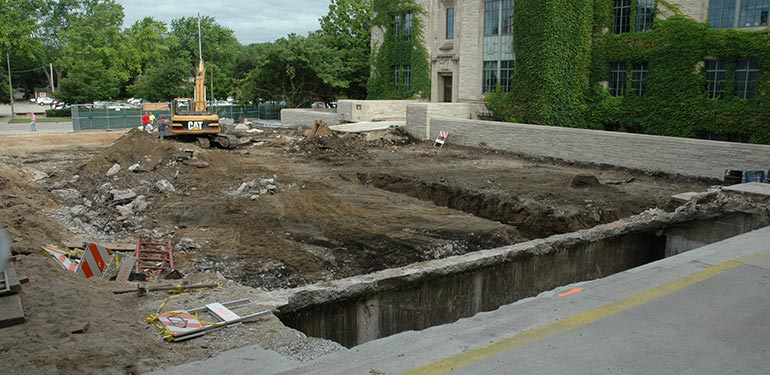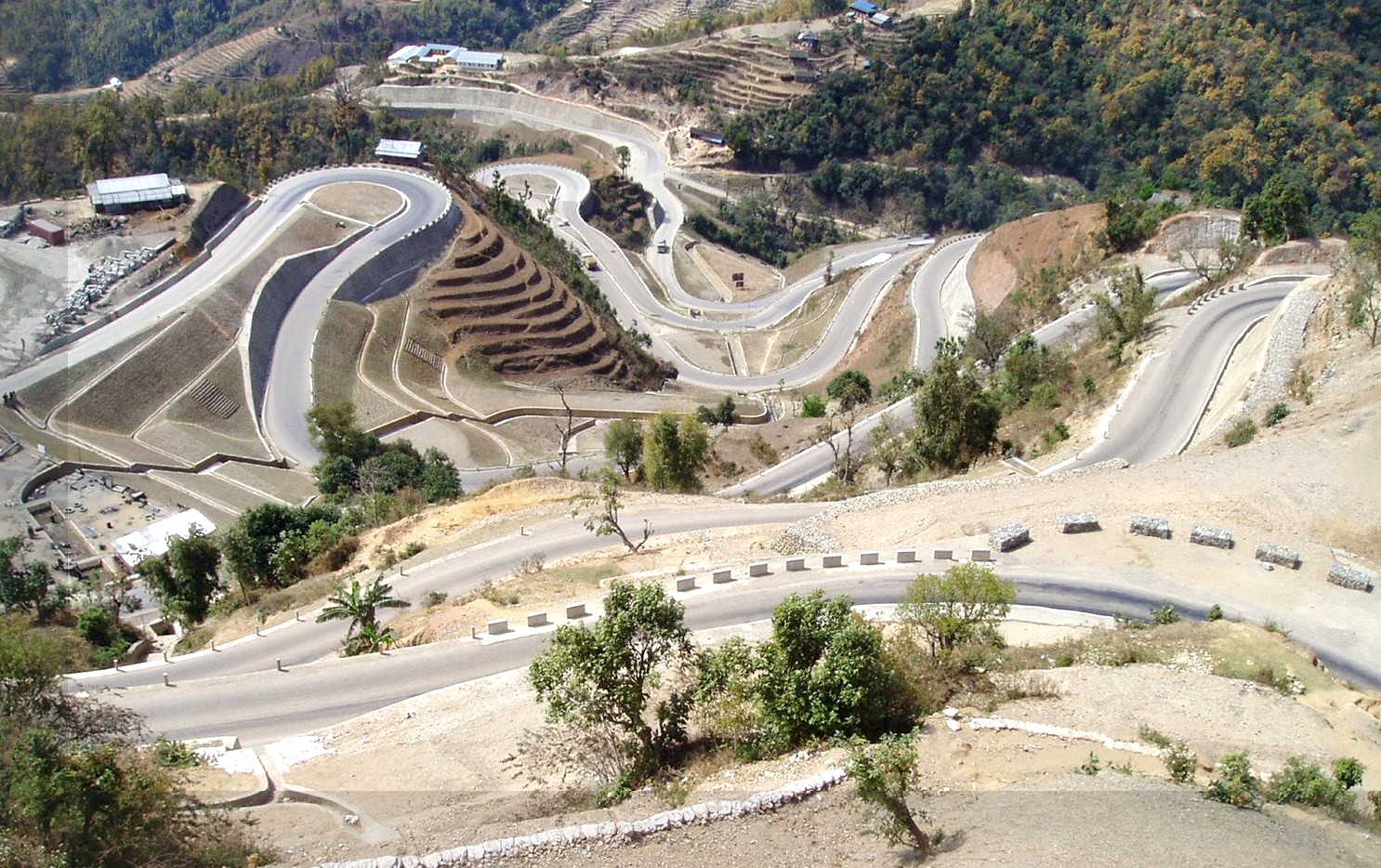Project Geotechnical Engineer for Tailored Site Analyses
Project Geotechnical Engineer for Tailored Site Analyses
Blog Article
Exactly How Consulting Engineers Enhance Geotechnical Design Projects: Insights Into Their Competence, Approaches, and Collaborative Approaches
Consulting engineers are crucial in enhancing geotechnical design tasks, applying their specialized expertise to browse the complexities of subsurface problems. Their joint methods foster interaction among varied project stakeholders, ultimately shaping the job's trajectory.
Role of Consulting Engineers
The competence of speaking with designers in geotechnical design is essential to the effective execution of construction jobs. These experts play an essential function in assessing dirt and rock properties, which are essential factors affecting style and building and construction choices. By conducting comprehensive website investigations, speaking with designers collect essential data that educates the style process, ensuring projects are improved secure and appropriate ground.
Consulting designers likewise supply invaluable understandings right into danger management (geotechnical geologist). They identify potential geotechnical hazards, such as landslides, soil liquefaction, and negotiation problems, making it possible for stakeholders to execute reliable reduction strategies. Their experience help in enhancing foundation styles, which can bring about substantial cost financial savings and enhanced safety
Additionally, speaking with designers work as an essential link between task owners, architects, and specialists. Their capacity to translate complex geotechnical information right into actionable recommendations fosters collaboration and helps with notified decision-making throughout the task lifecycle. This multidisciplinary technique not just boosts project efficiency however additionally makes sure compliance with governing standards and best methods.
Secret Techniques in Geotechnical Design

One primary approach is website examination, which entails carrying out field examinations and laboratory analyses to gather data on subsurface conditions. Methods such as Standard Infiltration Screening (SPT) and Cone Infiltration Testing (CPT) are commonly used to examine soil stratigraphy and stamina. In addition, geophysical techniques, consisting of seismic and electrical resistivity surveys, supply non-invasive methods to analyze subsurface characteristics.
An additional important method is mathematical modeling, which enables designers to simulate numerous circumstances and forecast how soil-structure interactions will behave under various loading problems. Finite Aspect Evaluation (FEA) is a common strategy utilized in this context.
In addition, the design of foundations, preserving structures, and earthworks relies heavily on these approaches - geotechnical geologist. By integrating sophisticated logical devices with field data, seeking advice from designers can create tailored services that deal with specific project difficulties, ultimately adding to the stability and security of construction projects
Value of Soil Analysis
Dirt evaluation works as a fundamental component in geotechnical engineering, providing crucial insights right into the physical and chemical properties of dirt essential for effective construction next page preparation. Recognizing soil attributes is important for identifying its load-bearing ability, drainage behavior, and capacity for settlement or instability. Comprehensive dirt investigations, including sampling and laboratory screening, assistance identify parameters such as soil kind, dampness material, thickness, and shear toughness.
These evaluations inform the selection of suitable building and construction methods and materials, inevitably affecting project security and durability. For example, natural dirts might call for different foundation styles compared to granular dirts, requiring tailored engineering solutions. Moreover, dirt evaluation aids in recognizing impurities that can pose risks to human health or the environment, enabling for the advancement of reduction approaches.
Incorporating dirt evaluation right into the onset of project development aids to reduce unanticipated difficulties, making sure that engineers can anticipate and address possible problems before they escalate. By developing a comprehensive understanding of the website conditions, seeking advice from engineers can enhance style efficiency and reduce prices, thus enhancing the total success of geotechnical design projects.
Joint Techniques in Jobs
Successful geotechnical projects often pivot on joint strategies that combine diverse proficiency from numerous self-controls. Effective cooperation among seeking advice from engineers, rock hounds, environmental researchers, and building professionals is vital for attending to complex obstacles and enhancing task results. By leveraging the one-of-a-kind skills and understanding of each employee, projects can benefit from an all natural understanding of the website problems, governing demands, and engineering restrictions.
Normal communication and interdisciplinary conferences promote the sharing of insights and cultivate a culture of team effort. These joint efforts allow the recognition of potential dangers early in the task lifecycle, enabling timely reduction approaches. Additionally, integrating responses from stakeholders, including regional areas and regulatory companies, makes sure that all viewpoints are thought about, boosting job approval and conformity.
Additionally, the integration of sophisticated modern technologies, such as Geographic Details Systems (GIS) and Building Details Modeling (BIM), further boosts partnership. These devices permit the real-time sharing of data and visualization of geotechnical conditions, promoting informed decision-making. Ultimately, a collaborative strategy not only improves project execution but additionally lays the structure for cutting-edge solutions about his to complicated geotechnical engineering challenges.
Influence on Task End Results

Consulting engineers use advanced methods such as risk evaluation and predictive modeling, which enhance look these up the precision of project forecasts. Their capability to incorporate ingenious modern technologies, like geotechnical instrumentation and data analytics, further fine-tunes the layout and building procedures. Because of this, projects experience enhanced performance, lowered costs, and lessened hold-ups.
Moreover, promoting reliable interaction and collaboration amongst employee boosts problem-solving capabilities. When difficulties emerge, a united front permits swift identification of remedies, avoiding prospective obstacles. Inevitably, the collaborative initiatives of seeking advice from designers add to better outcomes, guaranteeing that jobs meet both governing criteria and customer assumptions.
Verdict

Report this page